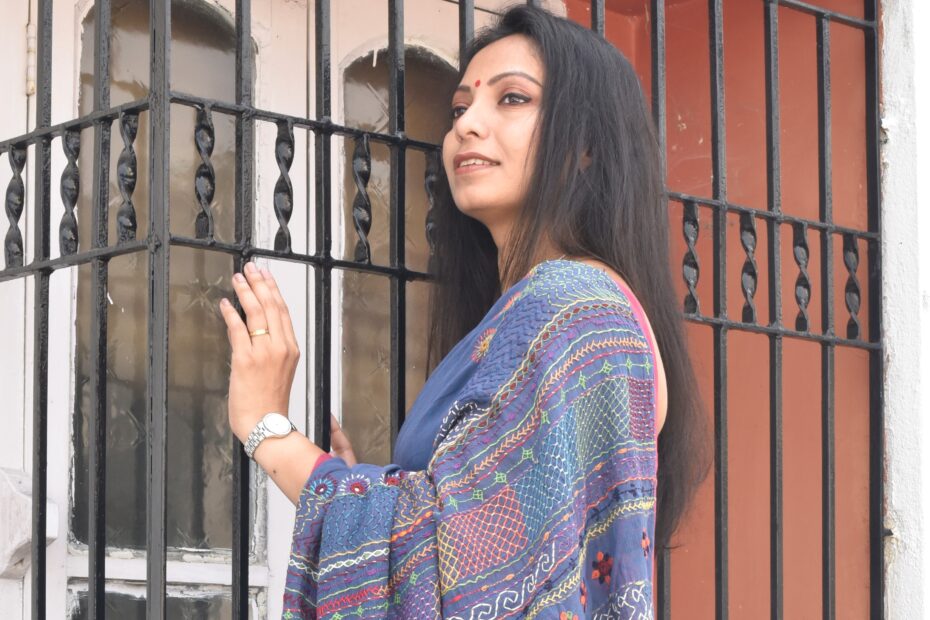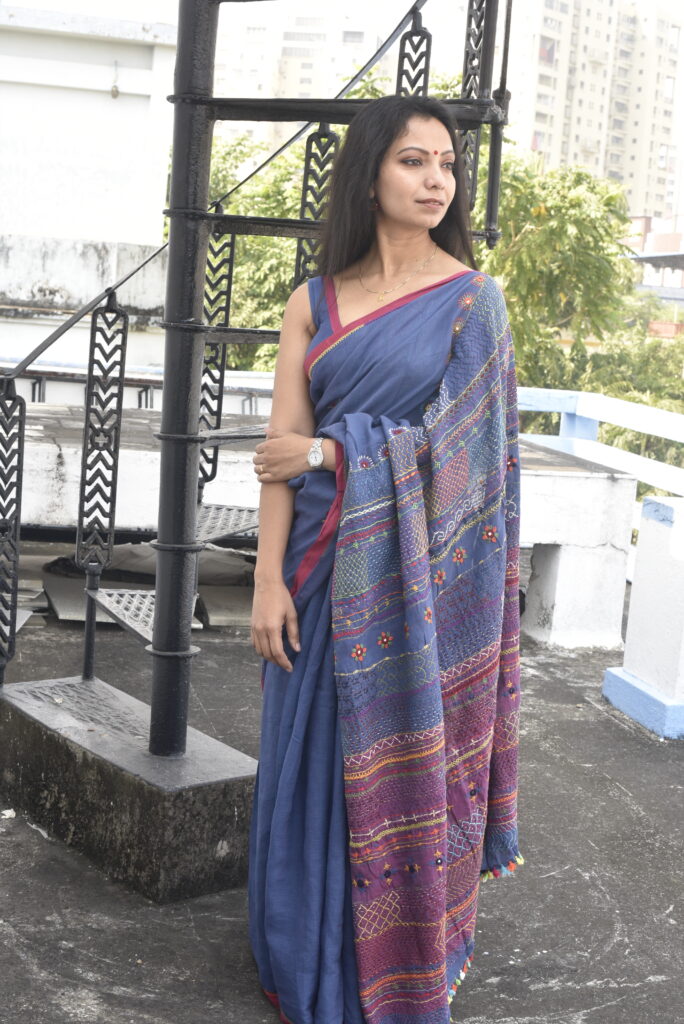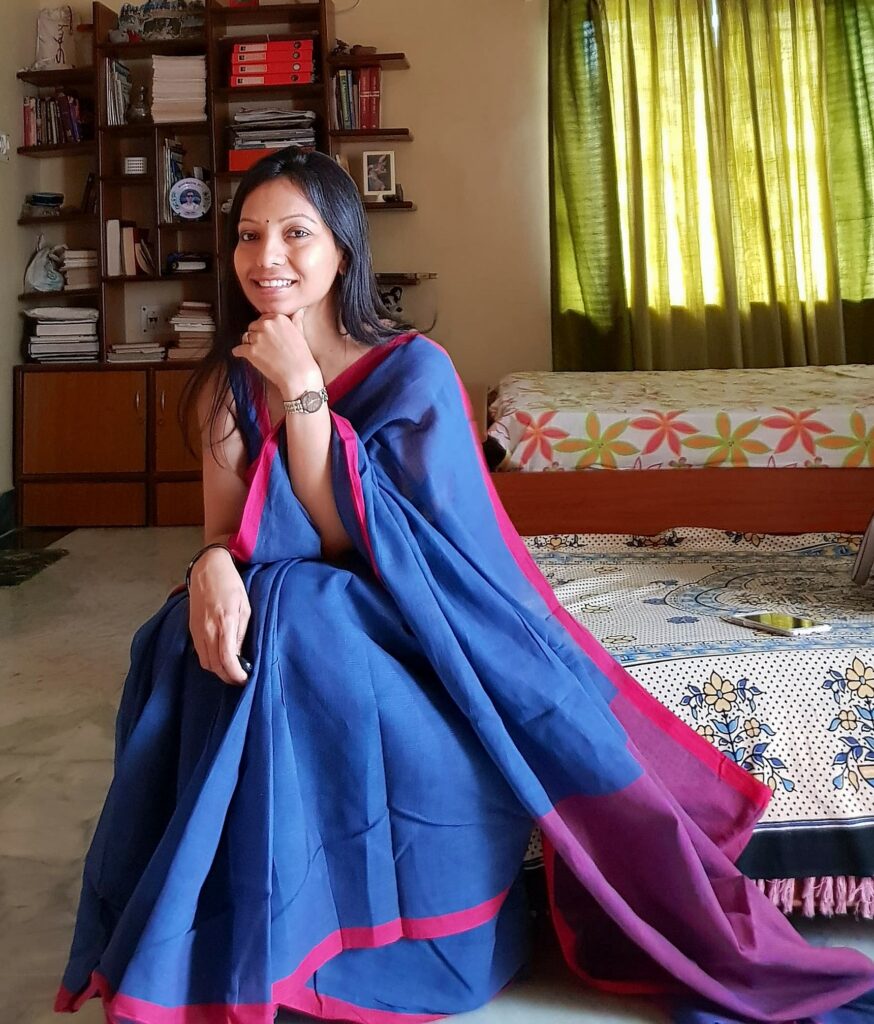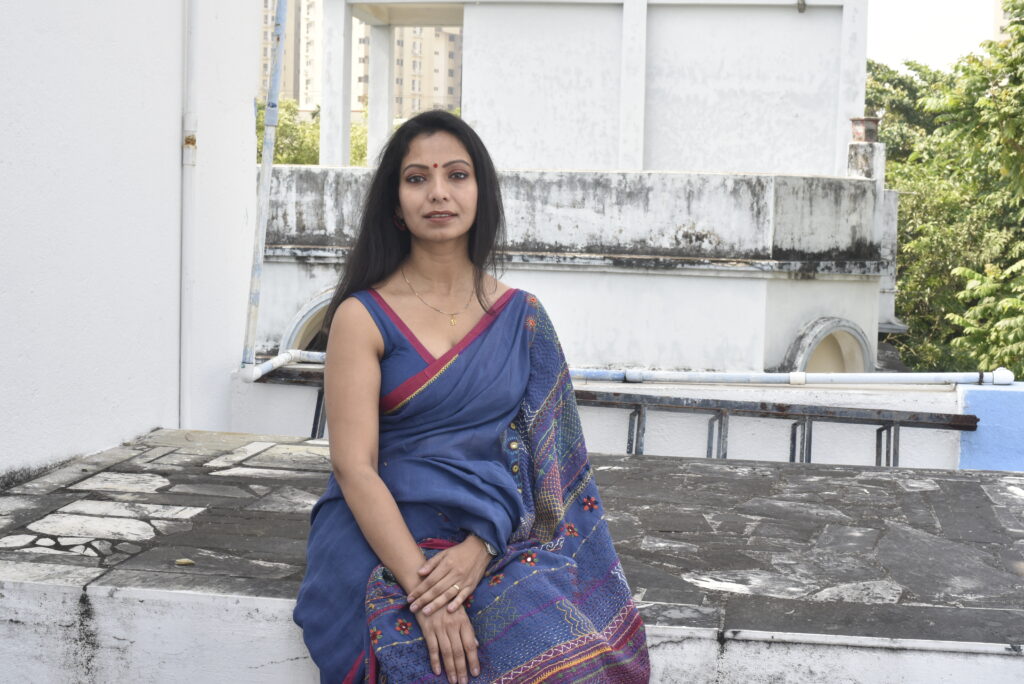
হেথায় আর্য, হেথা অনার্য
হেথায় দ্রাবিড়, চীন–
শক-হুন-দল পাঠান মোগল
এক দেহে হল লীন।
In his poem Bharat Tirtha (The pilgrimage of India), Asia’s first Nobel laureate Rabindranath Tagore had lyrically described how through ages India has been the melting pot of multiple cultures.
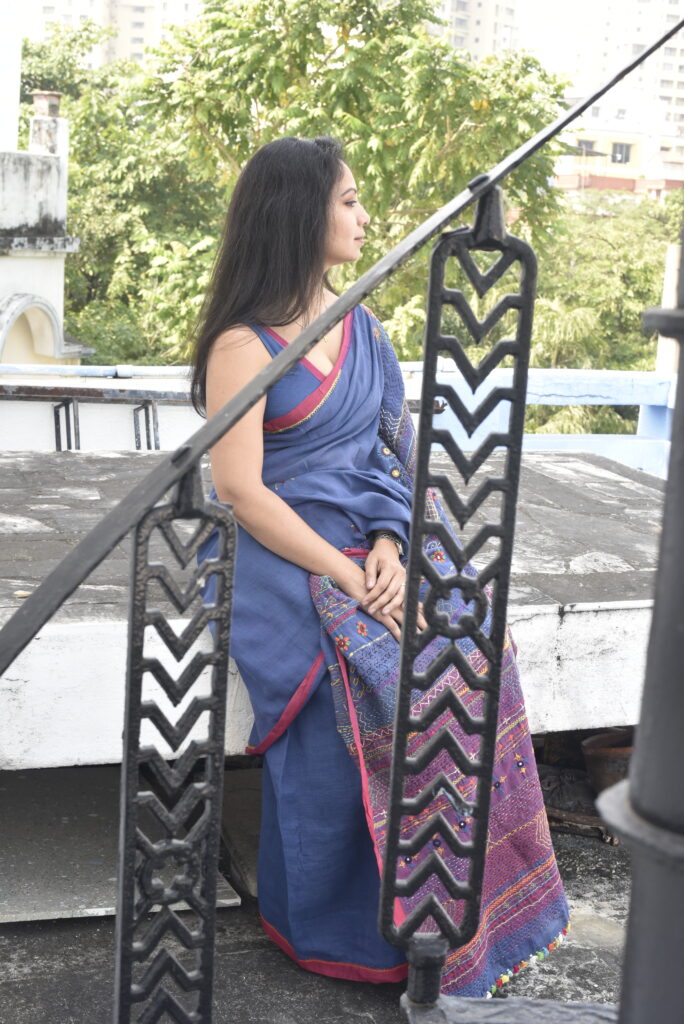
‘Here Aryans, here non-Aryans, here Dravidians, Chinese-
Sakas, Huns, Pathans, Mughals dissolved in one body’, he wrote.
The confluence of myriad cultures enriched India’s craft heritage as weavers and artisans exchanged ideas and transferred skills. Thereby unknowingly (and thankfully) giving birth to the great Indian heritage of handloom and handicrafts as we know today.

Among the many people who migrated to India many centuries ago, were members of a nomadic tribe called Lambani who travelled from Central Asia crossing the rugged mountains of Afghanistan to initially settle in the western Indian areas of Rajasthan and Gujarat. Some of them spread their wings further to reach Central India and others travelled down south to settle in the Bellary district of Karnataka.
The Lambani tribe today can be found in the town called Sandur which is close to the UNESCO World Heritage Site of Hampi. It is not clear how and why they ended up in the lap of the Deccan. Perhaps it was to satisfy their pastoral needs. Or maybe they moved to sell their wares. Some historians believe they were recruited by the Mughal army, helping to transport goods to Southern India.
No one knows exactly when they came to occupy Sandur, and how they made it their own. I have never been to that part of India. (I have never been to most parts of India, but I will rue about it some other day!) I have though come across articles and documentaries on them, and have been captivated by images of Lambani women in their colourful traditional clothes, sitting at the courtyard of their lovingly decorated homes, creating magic with needles.
Like all the craft skills of India, the knowledge of Lambani embroidery is also passed down generations as women typically created items of clothing and home décor for their personal use. They are said to know at least 14 different kinds of stitches and often include embellishments like mirrors and coins. Patchwork or appliqué is also frequently used to add an extra dimension to the product. Made with brightly coloured threads, Lambani embroidery instantly uplifts the look of any fabric it adorns, and is gaining popularity among craft lovers worldwide. Lambani embroidered clothes, jewellery, bags, cushion covers and bed linen are much in demand nowadays. Though it has similarities with the Rabari embroidery from Kutch, there are basic differences in the stitching patterns.
Few years ago, I learnt of the environmental impact of the fashion industry and since then have been striving to maintain a hard balance to support local economy and promote an industry I love, without disrupting the earth I inhabit. It is not an easy journey as I must admit collecting handloom and handicrafts from the length and breadth India is my personal mission. But as they say, where there is a will, there is a way. In a stroke of genius (or was I ‘inspired’ by an article I read somewhere?!), I found a way to endorse artists, save the earth, spend my creative energy, and go easy on my pocket! And thus, my collection of upcycled sarees was born.
Lambani embroidery was my first foray into saree upcycling and for this I used one of my own handloom cotton sarees from Bengal as a canvas. I contacted Ms Nirmala Mudenur of Susutra (formerly Sudesi) who acts as liaison between the Lambani artisans and the end consumers and has largely been instrumental in popularising the art-form.
I washed and starched (that is how I prefer to wear my sarees) my pre-used saree and sent it to Nirmala’s address in Bangalore. She contacted me to understand my design preferences and within two months my resurrected saree arrived at my doorstep!
Art form- Lambani embroidery
Artist- Lambani embroiderers from Sandur, promoted by Susutra
Contact- +91 79759 10749
Language- English, Kannada
Social media-
https://www.facebook.com/pg/lambanitribes/groups/?ref=page_internal
https://www.instagram.com/susutra_sndr/

